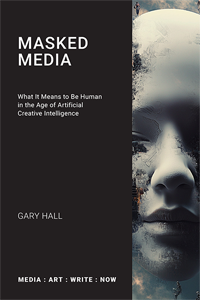Force of binding
 Tuesday, January 10, 2012 at 6:41PM
Tuesday, January 10, 2012 at 6:41PM If I am interested in the domains of electronic books and publishing, it is because the defamiliarization effect produced by the change in material support from print-on-paper to digital offers us a chance to raise the kind of questions regarding our ideas of the book we should have been raising all along. As I endeavoured to show at length in Digitize This Book, such questions were already present with regard to print and other media.



However, as a result of modernity and the ‘development and spread of the concept of the author, along with mass printing techniques, uniform multiple-copy editions, copyright, established publishing houses, editors’ and so on, they have ‘tended to be taken for granted, overlooked, marginalised, excluded or otherwise repressed’. Consequently, books have taken on the impression of being much more fixed, stable, reliable, permanent, authoritative, standardized and tightly bound than they actually are, or have ever been. For even if a book is produced in a multiple copy print edition, each copy is different, having its own singular life, history, old-age and death -- which is why we can form affective and symbolic attachments to them.
This is not to say we have never been modern, that books have never been tightly fastened or bound; but rather that this force of binding is just what modernity, and the book, is. Or was, perhaps.
(This is one of a series of posts written as version 3.0 of a contribution to Mark Amerika's remixthebook project. For other posts in the series, see below and here)









Reader Comments